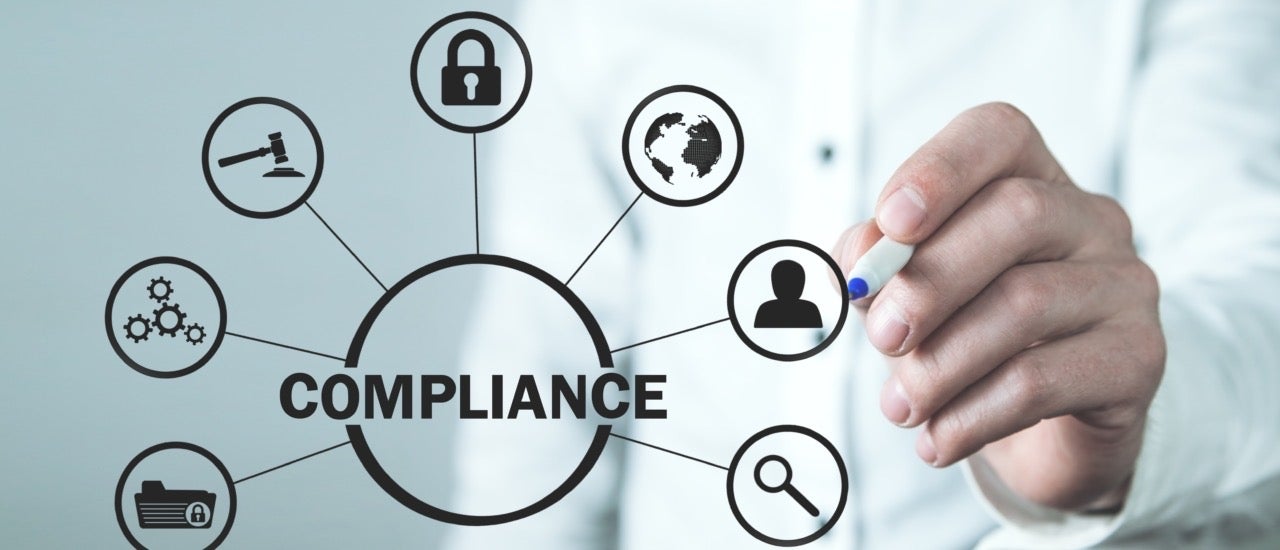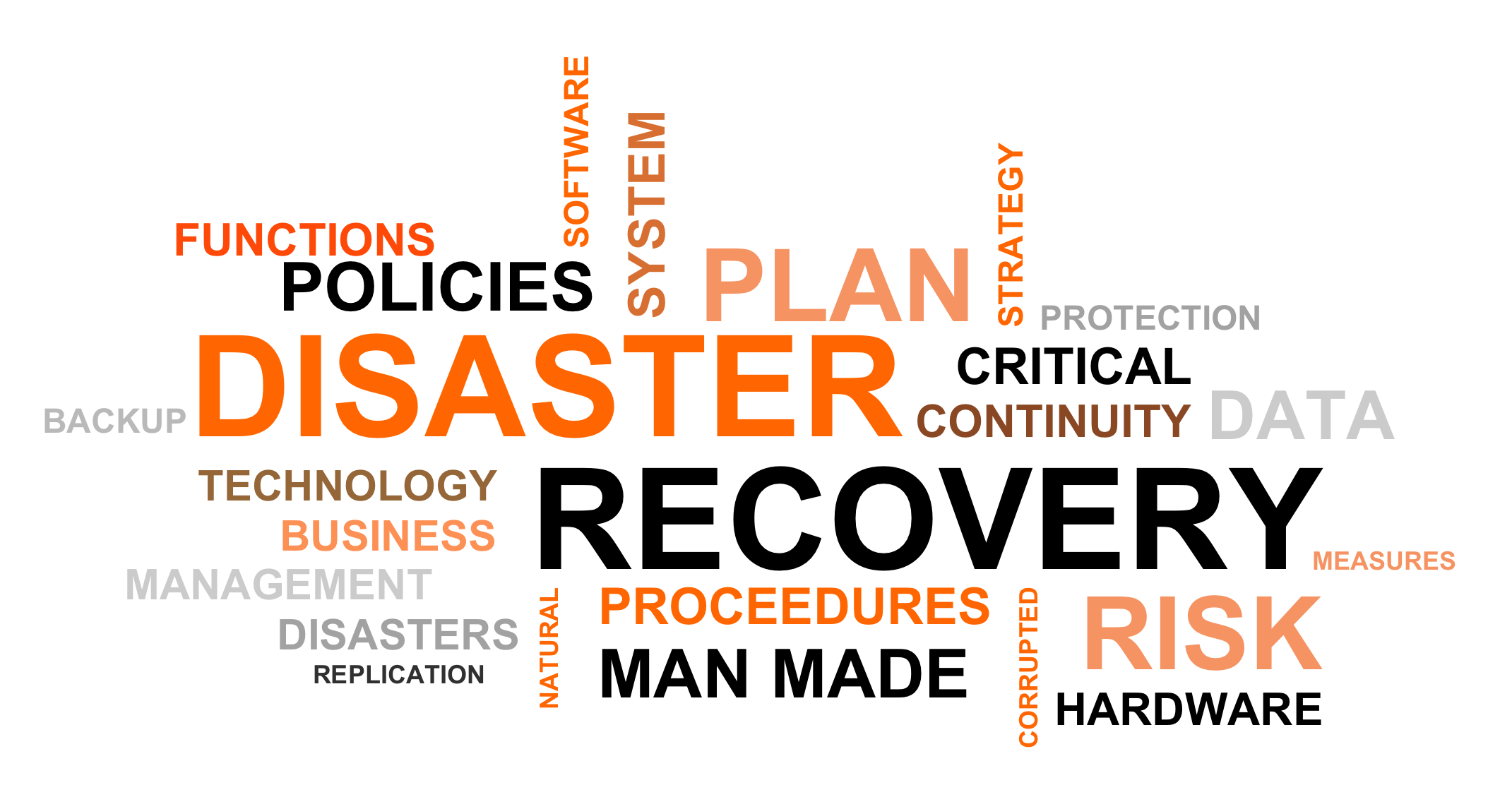
Importance of Compliance Monitoring in Business Operations Today
In the contemporary business landscape, the importance of compliance monitoring cannot be overstated. As organizations navigate complex regulatory environments, ensuring adherence to laws, regulations, and internal policies is crucial for maintaining operational integrity and building stakeholder trust. This article explores the significance of compliance monitoring in today’s business operations, highlighting its benefits, challenges, and best practices.
Understanding Compliance Monitoring
Compliance monitoring is the systematic process of assessing and ensuring that an organization adheres to relevant regulatory requirements and internal policies. It involves continuous oversight, data analysis, and reporting to identify potential risks, ensure compliance, and implement corrective actions when necessary. Effective compliance monitoring safeguards organizations against legal penalties and enhances their reputation in the marketplace.
Key Drivers of Compliance Monitoring
- Regulatory Landscape: The regulatory environment is constantly evolving, with new laws and amendments frequently introduced. Organizations must stay informed about these changes to remain compliant and avoid penalties.
- Reputational Risk: Non-compliance can lead to severe reputational damage. Businesses that fail to meet regulatory standards risk losing customer trust, which can have long-term implications for profitability.
- Operational Efficiency: Compliance monitoring is not just about adhering to rules—it also contributes to operational efficiency. Streamlined compliance processes can lead to better resource allocation and enhanced productivity.
- Stakeholder Expectations: Investors, customers, and the public increasingly expect organizations to demonstrate ethical behavior and compliance. Effective monitoring helps businesses meet these expectations and build strong relationships with stakeholders.
The Benefits of Compliance Monitoring
1. Risk Mitigation
One of the primary benefits of compliance monitoring is its ability to identify and mitigate risks associated with non-compliance. By continuously assessing adherence to regulations, organizations can proactively address issues and prevent potential violations. This proactive approach reduces the likelihood of legal disputes and financial penalties.
2. Enhanced Accountability
Compliance monitoring fosters a culture of accountability within organizations. When employees understand the importance of adhering to regulations and the consequences of non-compliance, they are more likely to act responsibly. Establishing clear roles and responsibilities related to compliance promotes ethical behavior and accountability.
3. Improved Decision-Making
Access to real-time compliance data enables better decision-making. Management can use insights from compliance monitoring to evaluate risks, allocate resources effectively, and make informed strategic decisions. This data-driven approach enhances operational efficiency and supports long-term planning.
4. Increased Trust and Credibility
Organizations that prioritize compliance monitoring build trust with stakeholders. Demonstrating a commitment to compliance enhances credibility and fosters positive relationships with customers, investors, and regulatory bodies. This trust can be a significant competitive advantage in today’s marketplace.
5. Streamlined Operations
Compliance monitoring helps streamline business operations by automating compliance-related tasks. Automated systems can track compliance in real time, generate reports, and send alerts for potential breaches. This efficiency not only reduces the manual workload but also enhances the accuracy of compliance processes.
Challenges in Compliance Monitoring
While compliance monitoring offers numerous benefits, organizations may face challenges in its implementation:
1. Resource Constraints
Implementing effective compliance monitoring requires significant resources, including time, personnel, and technology. Organizations must allocate the necessary resources to maintain robust monitoring systems.
2. Complexity of Regulations
The complexity and volume of regulations can make compliance monitoring challenging. Organizations must stay informed about changes in laws and regulations to ensure ongoing adherence. This requires continuous training and education for employees.
3. Resistance to Change
Employees may resist changes to established processes, particularly if they perceive compliance monitoring as an additional burden. Effective change management strategies, including clear communication and training, are essential for overcoming this resistance.
4. Data Security Concerns
As organizations collect and analyze compliance data, they must also address data security concerns. Protecting sensitive information from breaches and cyber threats is critical for maintaining compliance and safeguarding the organization’s reputation.
Best Practices for Effective Compliance Monitoring
1. Establish Clear Policies and Procedures
A strong compliance monitoring framework begins with clear policies and procedures. Organizations should develop comprehensive compliance guidelines that outline expectations and responsibilities. These policies should be easily accessible to all employees and regularly updated to reflect changes in regulations.
2. Invest in Technology Solutions
Investing in compliance monitoring technology can significantly enhance the effectiveness of monitoring efforts. Automated tools can streamline compliance processes, reduce manual errors, and provide real-time insights into compliance status.
3. Conduct Regular Audits and Assessments
Regular audits and assessments are vital for evaluating the effectiveness of compliance monitoring systems. Organizations should implement a schedule for periodic reviews to ensure ongoing compliance and identify areas for improvement.
4. Provide Comprehensive Training
Ongoing training is crucial for maintaining compliance awareness within the organization. Develop a comprehensive training program that covers relevant laws, regulations, and internal policies. Regular training sessions should reinforce compliance principles and address any changes in regulations.
5. Foster a Culture of Compliance
Creating a culture of compliance within the organization is essential for long-term success. Encourage open communication about compliance issues and promote ethical behavior. Recognize and reward employees who demonstrate a commitment to compliance.
Conclusion
In today’s business environment, the importance of compliance monitoring cannot be overstated. By systematically assessing adherence to laws and regulations, organizations can mitigate risks, enhance accountability, and improve operational efficiency. While challenges exist, implementing best practices for compliance monitoring can help organizations navigate the complexities of regulatory compliance. Ultimately, prioritizing compliance monitoring will not only safeguard organizations against legal repercussions but also foster trust and credibility among stakeholders, positioning them for long-term success.





